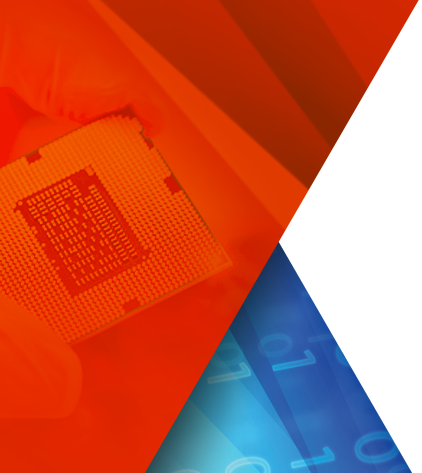Standard Level - Live Instructor-Led Training
2 days (In-Person) 8 hours per day or
3 sessions (Live Online) 6 hours per session
I am interested in a combination of training (contact Doulos to discuss your options) »
Course Description
This course provides a thorough introduction to the Vitis™ High-Level Synthesis (HLS) tool.
The focus is on:
- Covering synthesis strategies and features
- Applying different optimization techniques
- Improving throughput, area, interface creation, latency, testbench
coding, and coding tips
- Utilizing the Vitis HLS tool to optimize code for high-speed
performance in an embedded environment
- Downloading for in-circuit validation.
Software and hardware engineers looking to utilize high-level synthesis.
- Vitis HLS tool
- Vivado Design Suite
- Vitis unified software platform
After completing this comprehensive training, you will have the necessary skills to:
- Enhance productivity using the Vitis HLS tool
- Describe the high-level synthesis flow
- Use the Vitis HLS tool for a first project
- Identify the importance of the test bench
- Use directives to improve performance and area and select RTL
interfaces
- Identify common coding pitfalls as well as methods for improving
code for RTL/hardware
- Perform system-level integration of IP generated by the Vitis HLS
tool
- Introduction to High-Level Synthesis
Overview of high-level synthesis (HLS), the Vitis HLS tool flow,
and the verification advantage. {Lecture}
- Vitis HLS Tool Flow
Explores the basics of high-level synthesis and the Vitis HLS tool.
{Lecture, Demo, Lab}
- Design Exploration with Directives
Explores different optimization techniques that can improve the
design performance. {Lecture}
- Vitis HLS Tool Command Line Interface
Describes the Vitis HLS tool flow in command prompt mode.
{Lecture, Lab}
- Introduction to HLS UltraFast Design Methodology
Introduces the methodology guidelines covered in this course and
the HLS UltraFast Design Methodology steps. {Lecture}
- Introduction to I/O Interfaces
Explains interfaces such as the block-level and port-level
protocols abstracted by the Vitis HLS tool from the C design.
{Lecture}
- Block-Level I/O Protocols
Explains the different types of block-level protocols abstracted by
the Vitis HLS tool. {Lecture, Lab}
- Port-Level I/O Protocols
Describes the port-level interface protocols abstracted by the Vitis
HLS tool from the C design. {Lecture, Demo, Lab}
- Port-Level I/O Protocols: AXI4 Interfaces
Explains the different AXI interfaces (such as AXI4-Master,
AXI4-Lite (Slave), and AXI4-Stream) supported by the Vitis HLS
tool. {Lecture, Demo}
- Port-Level I/O Protocols: Memory Interfaces
Describes the memory interface port-level protocols (such as
block RAM and FIFO) abstracted by the Vitis HLS tool from the C
design. {Lecture, Lab}
- Pipeline for Performance: PIPELINE
Describes the PIPELINE directive for improving the throughput of
a design. {Lecture, Lab}
- Pipeline for Performance: DATAFLOW
Describes the DATAFLOW directive for improving the throughput
of a design by pipelining the functions to execute as soon as
possible. {Lecture, Lab}
- Optimizing Structures for Performance
Identify the performance limitations caused by arrays in your
design. You will also explore optimization techniques to handle
arrays for improving performance. {Lecture, Demo, Lab}
- Vitis HLS Tool Default Behavior: Latency
Describes the default behavior of the Vitis HLS tool on latency
and throughput. {Lecture}
- Reducing Latency
Describes how to optimize the C design to improve latency.
{Lecture}
- Improving Area and Resource Utilization
Describes different methods for improving resource utilization and
explains how some of the directives have impact on the area
utilization. {Lecture, Lab}
- Migrating to the Vitis HLS Tool
Reviews key considerations when moving from the Vivado HLS
tool to the Vitis HLS tool. {Lecture}
- HLS Design Flow – System Integration
Describes the traditional RTL flow versus the Vitis HLS tool
design flow. {Lecture, Lab}
- Vitis HLS Tool C Libraries: Arbitrary Precision
Describes Vitis HLS tool support for the C/C++ languages as well
as arbitrary precision data types. {Lecture, Lab}
- Hardware Modeling
Describes hardware modeling with streaming data types and shift
register implementation using the ap_shift_reg class. {Lecture}
- Using Pointers in the Vitis HLS Tool
Explains the use of pointers in the design and workarounds for
some of the limitations. {Lecture}




